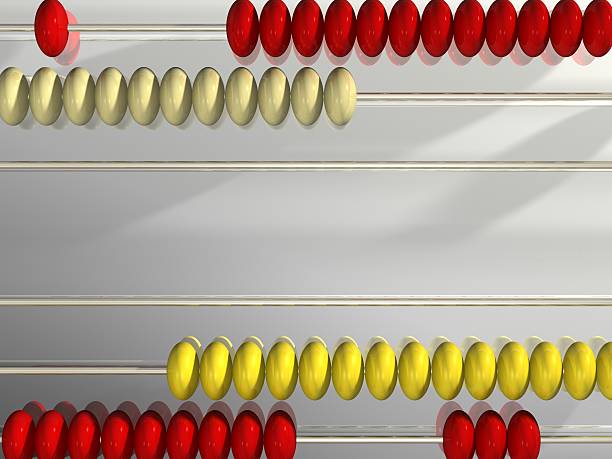Category Theory Assignment Help: Unveiling Mathematical Structure
Category theory is that department of mathematics that deals with general structures and the connections between these structures. It provides a framework to regard mathematical concepts in a uniform way, from algebra and topology to computer science and logic.
Though it may appear abstract and challenging, category theory is at the very heart of modern mathematical research and theoretical computer science. Working through its main ideas provides students with much better appreciation for many advanced mathematical theories.
Category theory, at its very core, is the study of categories—collections of objects and morphisms (arrows) relating these objects. We aim to capture the essence of various mathematical structures and their interconnections through categories. Thus, for instance, the category of sets has sets as objects and functions as morphisms; the category of vector spaces has vector spaces as objects and linear transformations as morphisms.
One of the basic notions in category theory is that of a functor. A functor is a mapping between two categories that preserves the structure of the categories. Functors are of enormous use; they transfer information from one category to another and are objects in many branches of mathematics.
Another significant concept arising here is that of natural transformations.
A natural transformation is a way of changing one functor into another while preserving the consistency of relationships between objects. These natural transformations play a crucial role in examining the behavior of mathematical structures as they transition between different categories.
Our experts at Category Theory Assignment Help will help you understand the basics, including:
- Categories and Functors: The basic definitions and properties of categories, together with how functors map objects and morphisms.
- Natural Transformations: They relate functors and preserve categorical structure.
- Limits and Colimits: How categories combine objects and morphisms, and how limits and colimits aid in defining universal properties
- Applications: This study explores the applications of category theory in fields such as topology, algebra, and computer science, with a particular focus on the theory of programming languages.
Be it that you are new to the field of category theory or stuck at some concept in that subject, your tutor will try to break every hard idea down into simple pieces, leaving out the complexity of that idea. This tailored approach helps one achieve good results for their class work.
